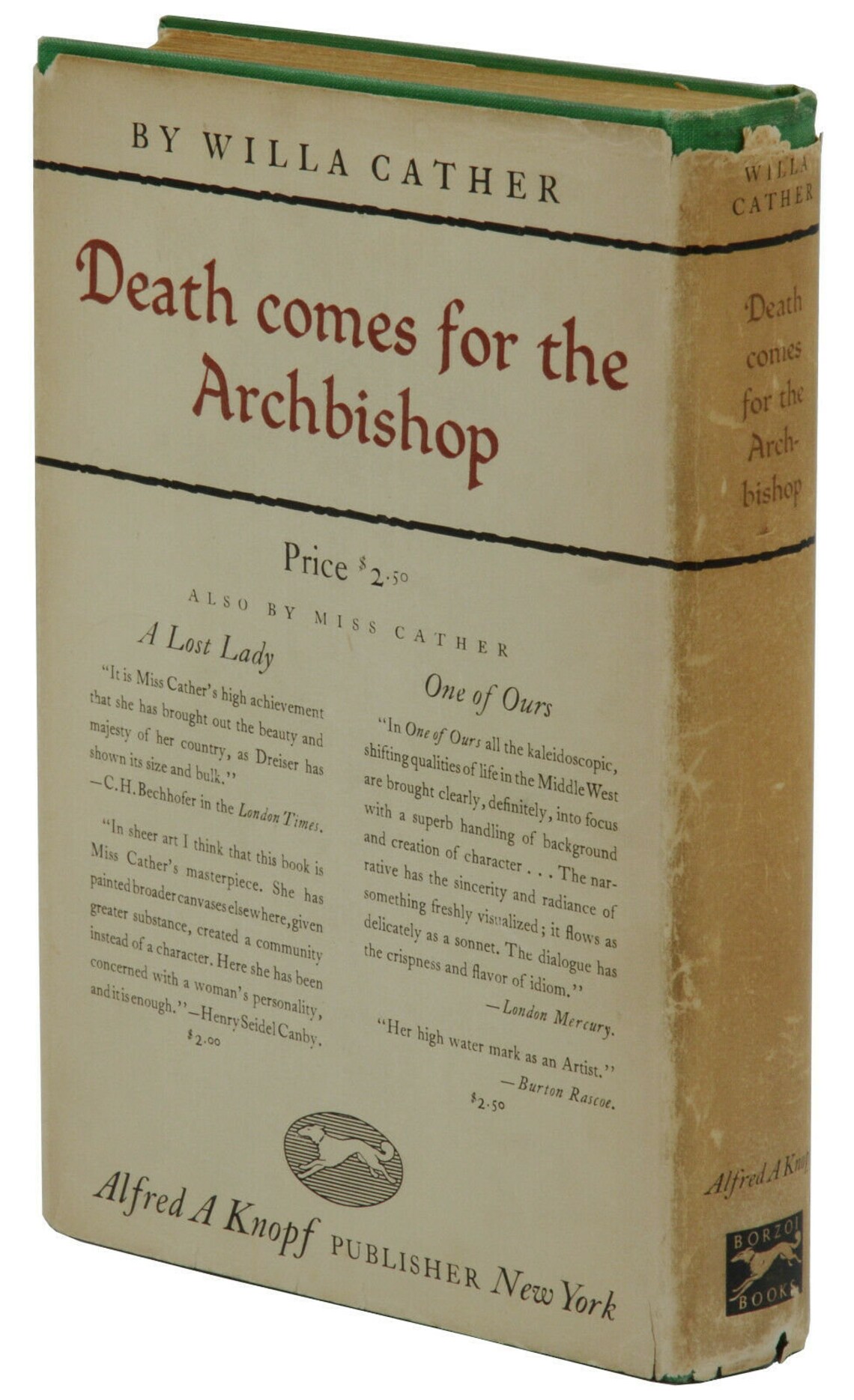

It reading the book, it is easy to see the sunlight of a winter morning reflected red off the snow on the distant mountains, smell the piñon logs cooking beans over adobe firepits, and feel the burning sun and wind of the dusty, lonely paths taken by the padres to reach their far-flung congregations. It is clear that Cather spent a great deal of time in the environment she describes.

Almost every person in the story is treated with sympathy and respect, regardless of their race or background.ĭeath Comes for the Archbishop is a story for the senses, relying on poetic imagery and acute attention to detail. The story has no true antagonists, and the occasional villains that arise in the narrative are soon dealt with one way or another. Both are decent, honorable men, and they tend to their duties with compassion and the hope of building a better future for their flock. One part character study, one part travelogue, one part history, and one part anthropology, Death Comes For the Archbishop unspools through a series of vignettes over the course of forty years in the lives of its protagonists, Bishop Jean Marie Latour and his life-long friend Father Joseph Vaillant. In a letter (helpfully included in the version of the book I read, along with useful footnotes translating the smattering of French and Latin) Cather describes the book as a narrative, rather than a novel. Closely based on historical figures, Death Comes for the Archbishop by Willa Cather tells a fictionalized account of two French priests sent to bring the far-flung and neglected territory back under the umbrella of Catholic orthodoxy.

Subsequently, the Catholic Church decided to make a new diocese out of this new slice of rugged frontier America, populated for generations by Mexican settlers and many, many more generations by the local American Indian tribes. In the 1850s, America gained control of New Mexico Territory following the Mexican-American War.


 0 kommentar(er)
0 kommentar(er)
